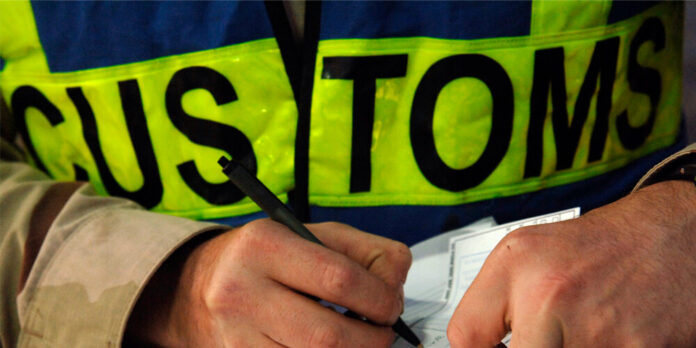One of the biggest turning points for every successful company is when they start shipping their products internationally. It is something that can skyrocket the business to stratospheric levels and exponentially increase the revenue.
At the same time, shipping internationally doesn’t come without any challenges. Many business owners that haven’t dealt with international shipping don’t even know what’s customs clearance.
Fortunately, we are here to explain the matter and provide some guidance to the world of international shipping and customs clearance, which is a big part of it.
What’s customs clearance?
Customs clearance is a process in which customs officers process goods before they can be shipped to their final destination. These are goods that are shipped internationally, from one country to another country. This includes goods shipped by land, air, or sea.
Once the customs authorities have cleared the goods, the shipper receives a document that confirms all custom duties are paid and that the shipment is free to proceed to its final destination.
Typically, a freight forwarder takes care of the entire process.
Things to do to ensure a smooth customs clearance process
If the shipment doesn’t meet the customs standards and requirements, it can be easily held, confiscated, or even destroyed. To make sure that doesn’t happen to your shipment, consider these two steps:
- Accurate and complete paperwork. Ensure everything is in systematic order and that the reviewer of the documents can easily go through all of it.
- Properly loaded container. This is important because an improperly loaded container can raise red flags with the customs officer.
Key documents for international shipping
All in all, a shipment may need more than 100 documents to get customs clearance. However, so many documents are only needed for specialized cargo.
So, if you don’t plan to ship something that falls in that category, it is very likely that you will need these nine documents.
- Letter of credit
- Packing list
- Letter of instruction
- Shipping quote
- Certificate of origin
- Commercial invoice
- Material safety data sheet
- Booking confirmation
- Air waybill/Bill of landing
The customs clearance process
First, the customs officer will go through all the paperwork and ensure that everything is correct and whether nothing is missing.
Then the customs officer will check whether all the duties and taxes have been paid. Then he will check if these taxes have been properly calculated and if they match the value of the goods.
If certain taxes and/or duties have not been paid, the customs officer will request to be paid. This is known as Delivery Duty Paid (DDP) and Delivery Duty Unpaid (DDU). If a certain shipment is labeled as DDP, then that means all duties and taxes have been paid. If not paid, the shipment will be marked as DDU. It will hold that mark until all taxes and duties have been paid in full. Only after the payment is completed, the shipment can receive the DDP mark and can be allowed to continue to its final destination.











